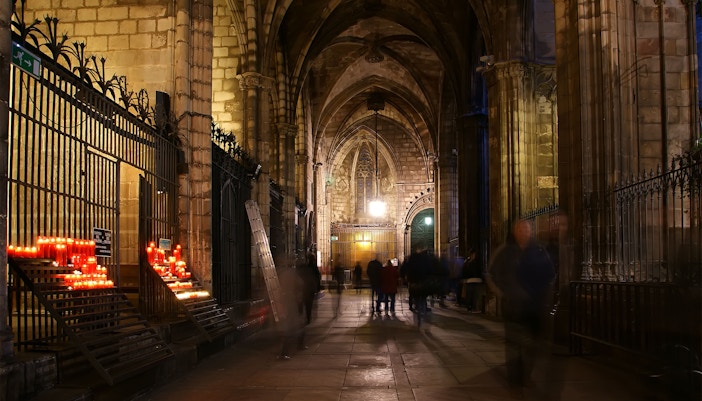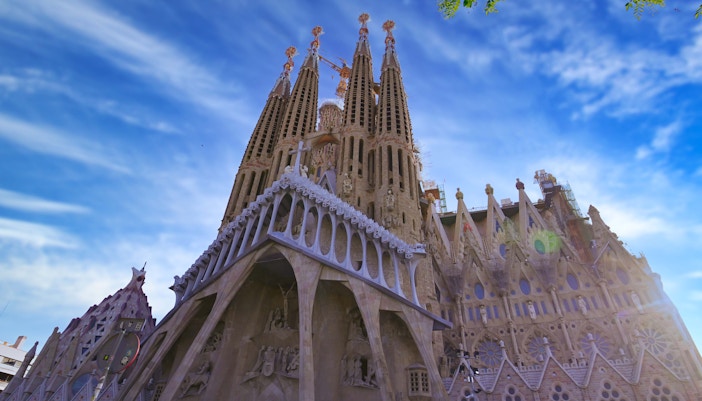Sagrada Familia | Gaudi's last masterpiece
The Sagrada Familia is a large unfinished church in Barcelona, Spain that was designed by Antoni Gaudi.
As per Gaudi’s plans, the Basilica Sagrada Familia, once completed, is set to house 18 towers. These towers come together to create a view, known as a Façade. Each facade represents a phase in the life of Christ. There are a total of three Facades– Nativity (represents the birth of Christ), Passion (represents the death and resurrection of Christ), and the Glory Façade ( represents Christ’s eternal glory).
Each of the 18 towers holds great significance, with 12 towers dedicated to the Apostles, 4 to the Evangelists, 1 to the Virgin Mary, and the tallest and most spectacular one dedicated to Christ himself. If the thought behind every individual bit of architecture in the Basilica wasn’t enough – the view of Barcelona from the top of the tower is the icing on the cake.
The Sagrada Familia, a marvel of Catalan architecture in Barcelona's sprawling skyline, is a testament to the inspired creativity and style of Antoni Gaudi.
Gaudi’s Creations in Barcelona

























